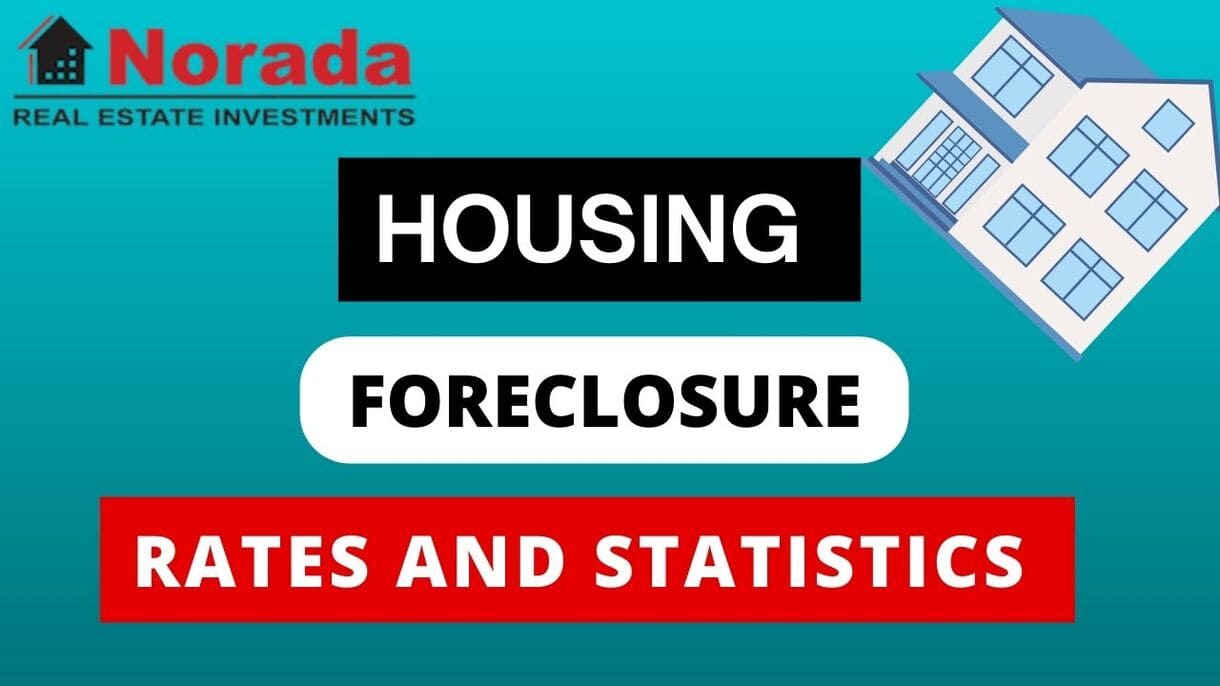If you're dreaming of snagging a house for a steal, you're probably wondering: when will it be a buyer's market? The short answer, looking at current trends and expert projections, is that while we may see more balance in the market soon, a deeply advantageous buyer's market nationally isn't likely to arrive before late 2025 or even into 2026. Several factors, including mortgage rates, inventory levels, and overall economic growth, are at play here. Let's dive deep to understand why and what you can do to prepare.
Will It Be a Buyer's Housing Market in 2025 or 2026?
Before we delve into the data, let me share my perspective. Having followed the real estate market for years, I've learned that “buyer's market” and “seller's market” are relative terms. What feels like a good deal for a buyer in one city might be a seller's dream in another. And even within a city, different neighborhoods can behave uniquely. If you are sitting on the sidelines, a seasoned real estate professional will be very helpful.
Understanding the Current Market: A Snapshot
As of July 2025, the housing market presents a mixed bag. According to the National Association of REALTORS® (NAR), existing-home sales decreased by 2.7% in June. Let's break that down:
- Sales: Existing-home sales are down 2.7% month-over-month, sitting at a seasonally adjusted annual rate of 3.93 million. Year-over-year, sales are unchanged.
- Inventory: Total housing inventory is at 1.53 million units, a slight decrease of 0.6% from May but a significant 15.9% increase from June 2024. This translates to a 4.7-month supply, up from 4.6 months in May and 4 months a year ago.
- Prices: The median existing-home price hit a record high of $435,300, up 2% from last year. This marks the 24th consecutive month of year-over-year price increases!
- Mortgage Rates: The average 30-year fixed-rate mortgage is hovering around 6.75% (as of July 17), slightly up from the previous week but down from a year ago.
Regional Differences:
One of the biggest takeaways is that real estate is hyper-local. Here’s how different regions performed:
| Region | Sales (Month-over-Month) | Sales (Year-over-Year) | Median Price |
|---|---|---|---|
| Northeast | -8% | -4.2% | $543,300 |
| Midwest | -4% | +2.2% | $337,600 |
| South | -2.2% | +1.7% | $374,500 |
| West | +1.4% | -4.1% | $636,100 |
Key Observations:
- The Northeast and West are seeing sales declines both monthly and yearly.
- The Midwest and South witnessed sales increases year-over-year.
- Prices are up across all regions, but the West still commands the highest median price.
What Drives a Buyer's Market? The Core Ingredients
A true buyer's market happens when:
- Inventory Surges: There are more homes for sale than buyers. This gives buyers leverage because sellers compete for their attention.
- Prices Drop (or Stagnate): Over time, sellers reduce prices to attract buyers, or at least have to settle for little to no appreciation.
- Mortgage Rates Rise (or Stay High): Higher rates reduce buyer demand, further tilting the balance in favor of buyers.
- Days on Market Increase: Homes sit on the market longer, signaling a lack of urgency among buyers.
Projecting the Future: Expert Insights
So, when might these conditions align? Let's look at what the experts are saying.
Lawrence Yun's Predictions (NAR):
NAR Chief Economist Lawrence Yun offers some clarity. He believes:
- “Brighter days may be on the horizon.” While that doesn't scream “buyer's market,” it suggests a move toward greater market balance.
- Existing-home sales are expected to rise 6% in 2025 and 11% in 2026. This implies a recovery but not necessarily a market shift.
- New-home sales are projected to climb by 10% in 2025 and 5% in 2026. More construction could ease inventory pressures.
- Median home prices are forecasted to increase modestly by 3% in 2025 and 4% in 2026. This slows down appreciation may feel for like a mini buyer's market for some.
- Mortgage rates are anticipated to average 6.4% in the second half of 2025 and dip further to 6.1% in 2026.
Realtor.com Housing Forecast:
- Mortgage rates may ease slowly. We could see average rates matching the prior year, despite a dip to 6.4% by year-end.
- Home sales are expected to land at 4 million in 2025, just behind 2024.
- Home prices could climb, but growth is expected to slow further (+2.5%).
Analyzing the Forecasts: My Thoughts
Based on these expert analyses, I believe a true buyer's market nationwide is unlikely in the immediate future. Here is why:
- Modest Price Growth: Forecasted price increases, even if modest, don't scream “buyer's market.” Buyers get the most advantage from falling prices.
- Rising Sales: Predicted sales growth, both for new and existing homes, counters the notion of a buyer's market.
- Mortgage Rate Decline?: Any potential for mortgage rates to decrease could increase demand.
However, the projected slowing in price growth and potential inventory increases could create pockets of opportunity for buyers, especially if interest rates stay at the same levels. Individual markets, particularly those with high construction activity or regions experiencing population shifts, might experience a more pronounced shift toward a buyer's market sooner.
The Wildcards: Factors That Could Change Everything in 2025 and 2026
Predicting the future is never a sure thing. Here are some factors that could disrupt the current forecasts:
- Unexpected Economic Slowdown: A recession could trigger job losses and decreased demand, leading to a faster shift toward a buyer's market.
- Significant Increase in New Construction: If builders ramp up production far beyond current projections, inventory could surge, pressuring prices.
- Sudden Increase in Mortgage Rates: While less likely now, a sudden jump in rates could shock the market and cool demand rapidly, giving buyers more power.
What Can Buyers Do Now? Tips for Success
Even if a full-blown buyer's market isn't imminent, there are things you can do to position yourself for success:
- Get Pre-Approved/Pre-Qualified: Knowing your budget is key. A good lender can also help you understand different mortgage products.
- Strengthen Your Credit Score: A higher credit score means better interest rates, saving you money over the long term.
- Save a Bigger Down Payment: A larger down payment can make your offer more attractive and reduce your monthly payments.
- Research Different Markets: Consider markets where inventory is higher or prices are more stable. Don't get stuck on one neighborhood.
- Work with an Experienced Agent: A good real estate agent can provide invaluable insights, negotiate expertly, and help you navigate the complexities of the market.
- Be Patient and Flexible: Don't rush into a purchase. Be prepared to walk away from deals that aren't right for you, and be open to considering properties that might not have been on your initial wish list.
Summary: The Road Ahead
While a dramatic shift to a nationwide buyer's market might not happen overnight, the housing market is dynamic. By staying informed, preparing financially, and working with the right professionals, you can find opportunities and make smart choices regardless of the market conditions. Remember, real estate is a long play.
Invest in Turnkey Rental Properties
Discover high-quality, ready-to-rent properties designed to deliver consistent returns.
Contact us today to expand your real estate portfolio with confidence.
Reach out to our investment counselors:
(949) 218-6668 | (800) 611-3060
Also Read:
- Best Housing Markets for Home Buyers Currently in 2025
- Housing Market Predictions for the Next 4 Years
- Housing Market Forecast for the Next 2 Years
- Housing Market Predictions for 2025 and 2026 by NAR Chief
- Real Estate Forecast Next 5 Years: Top 5 Predictions for Future
- 2008 Forecaster Warns: Housing Market Needs This to Survive
- Real Estate Forecast Next 10 Years: Will Prices Skyrocket?
- Housing Market Predictions for Next 5 Year
- Trump vs Harris: Which Candidate Holds the Key to the Housing Market (Prediction)





